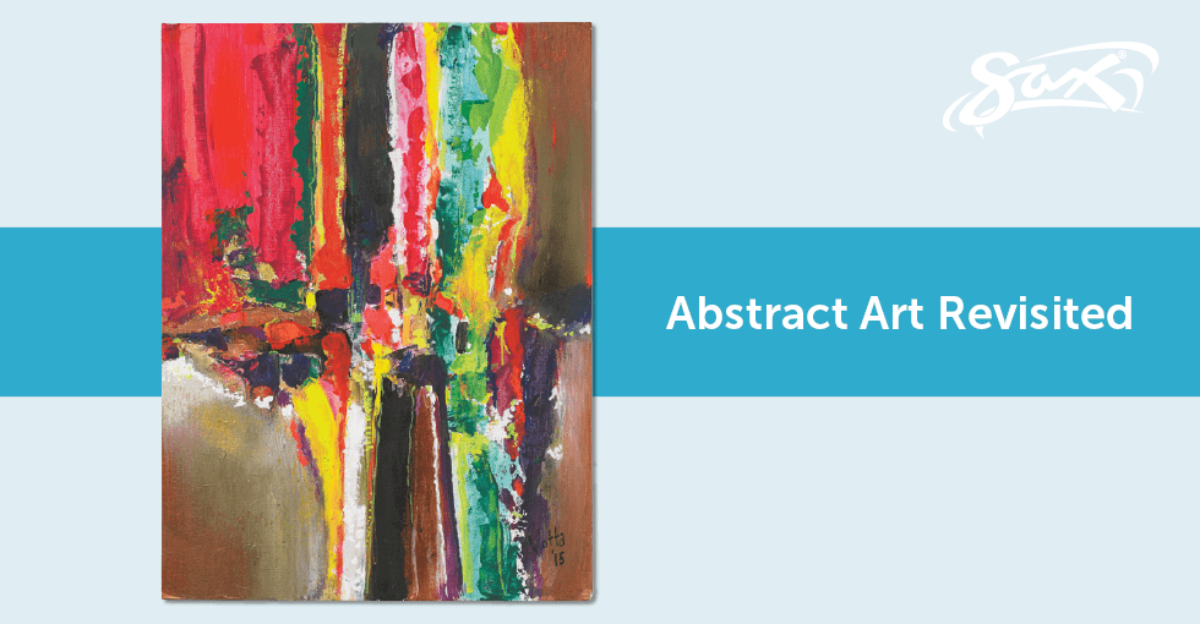Launching in the 1850s and lasting more than 100 years, the modern art movement was an attempt by artists of all mediums, including painters, sculptors, writers, and others, to recreate a subject exactly the way they saw it using their own unique perspectives. At that time, the industrial age was changing everything about modern life, from the way people lived to where they lived to the way they thought. Modern art rejected the old traditions and processes in favor of new ways to communicate this new life.
The modern art movement encompasses several artistic genres, beginning with realism. This style captured not an idealized, perfect version of a subject, but the true version, warts and all, so to speak.
The romantic style attempted to communicate the feeling a subject gave an artist, rather than an actual, recognizable depiction of the subject. The impressionists favored an abstract representation of a subject or a scene. Other movements, including cubism, expressionism, and minimalism, utilized other techniques to communicate a subject artistically.
With our Abstract Art Revisited lesson, your students will observe some of the most famous works from the modern art movement and study the non-traditional techniques these artists employed. They’ll then learn to deconstruct a form and use their imaginations to convey the feeling or mood the image gave them, reconstructing it using one of the modern techniques they studied, as well as using the color schemes, textures, and line-work of the time.
Download a complete lesson plan for this project, including images, step-by-step directions, and a materials list. For Grades 9-12.






Leave a Reply